Less team stress during the mess
Ahh the whimsical tune of a circular saw the rhythmic pounding of a hammer driving a nail. Dust, caulk and drywallwhat's not to love? If your veterinary team doesn't share your enthusiasm, read on.
It's slightly possible your team might not be completely enthusiastic about the process of your dream practice being built. In fact, if you're remodeling your existing structure, the thrill of sinks suddenly not working, of electricity being turned off in parts of the building or not having access to certain parts of the hospital as the construction engine rolls through your practice might make them a little more tense than usual.
We can't promise there's anything you can do to make your team members love the building experience (in fact, you may share similar feelings of frustration at certain points in the process as well), but you can make it less stressful-and reap the rewards of your team's valuable feedback. Here's how:

1. Draft your dream together. You and your team spend so much time in your hospital. If your relationships with your coworkers are a marriage of sorts, your hospital is the nest you build together. So guess what? Your team members have some pretty strong feelings about their spaces, whether you're starting from scratch in a new space or remodeling your existing practice.
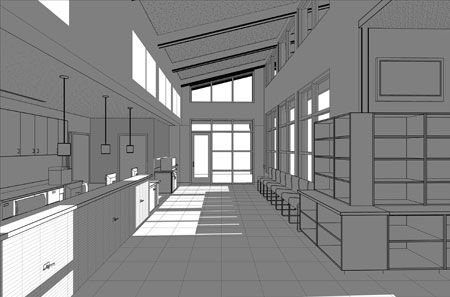
Drafting a plan with your team improves the chances of team buy-in. Image courtesy of Vicki Pollard, AIA, CVT, Animal Arts.
Vicki Pollard, AIA, CVT, a principal at Animal Arts in Boulder, Colorado, says listening to your team members' thoughts and incorporating their ideas when possible will foster a stronger sense of team ownership on your hospital. And, if you're still in doubt, consider this:
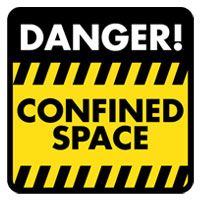
Your clinical team knows your exam rooms, your treatment areas and your surgical spaces, Pollard says. They know where the counters are too close in the treatment area, causing constant butt bumping throughout the day. Your front office team watches that blind space around the corner where dogs on leashes come nose-to-nose, causing some accidental excitement and close calls. Your team knows your procedures and protocols and the design flaws that make it take so long to get the prescription from the pharmacy to Mrs. Smith at the front desk.
Other key places Pollard says team members have strong opinions about:
• Ergonomic treatment space layouts
• Equipment positioning to optimize space and workflow
So how do you get the feedback you need?
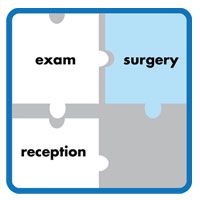
2. Refine your schematic. Start with a staff-wide kick-off meeting. With the help of your architect, Pollard says you need to offer:
• An overview of the design process. What's happening and why?
• Time frame. When's it all going down?
• How team member feedback will be solicited and incorporated.
Next, select your key team players to form a committee. Pollard says these team members will collect feedback from their groups-including thoughts about the existing equipment, the spaces that currently work well and the areas that need improvement in your new hospital. Team tip: Make these meetings regular as the project progresses, Pollard says, so you can set and manage expectations about how you're incorporating the input you receive from the team.
"When I was a veterinary technician at Alameda East Veterinary Hospital and had the opportunity to provide feedback on the design process, I found more and more ideas to make the spaces as effective as possible," Pollard says. "I've also found that the more the details of a space are considered, the better the overall flow and efficiency of that space."
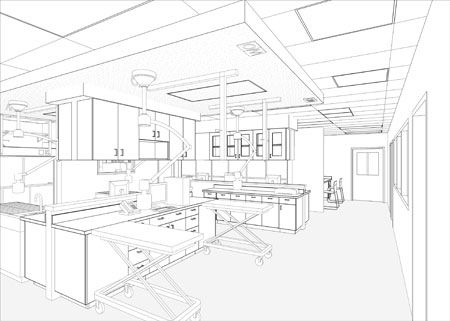
Pollard says her clinical background has influenced her design aesthetic because it's made her more aware of the hospital as a whole, including how the spaces, departments and procedure areas really need to work in collaboration. "I prefer open, transparent spaces that allow more flexibility to assist others in the hospital," Pollard says. Image courtesy of Vicki Pollard, AIA, CVT, Animal Arts.
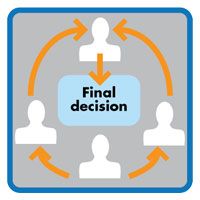
3. Build your framework. A clear structure of who makes final decisions will make your process more successful, Pollard says. The key: organizing and providing information to your design team in a timely fashion. The payoff: fewer changes later in the design and construction process, which means you spend less money. Did you hear that? Less money, people.
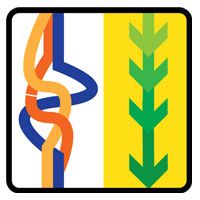
4. Keep communication lines open. Offer regular updates to your veterinary team about your progress, Pollard says. How? Provide hard copies of the design in the break area to keep your team excited and engaged. Ask your architect to create 3D models of various hospital spaces to help your team better visualize the end product.
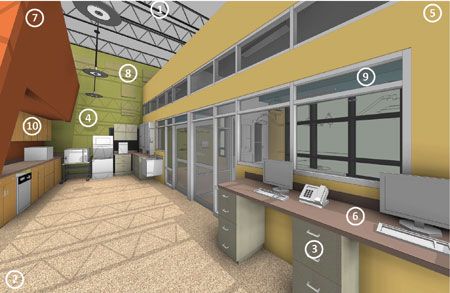
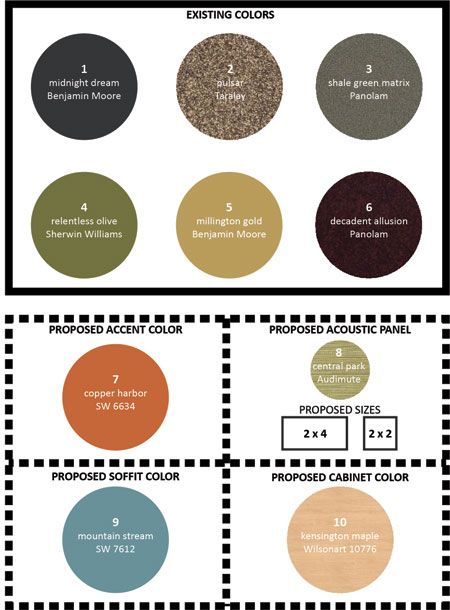
3D renderings like this one can give your team a chance to visualize and communicate about the hospital's design. Image courtesy of Vicki Pollard, AIA, CVT, Animal Arts.
Seem like a lot of work? It's worth it. Really. When the dust and mess create team stress, just remember to communicate and be realistic. Your team will notice and appreciate your efforts.